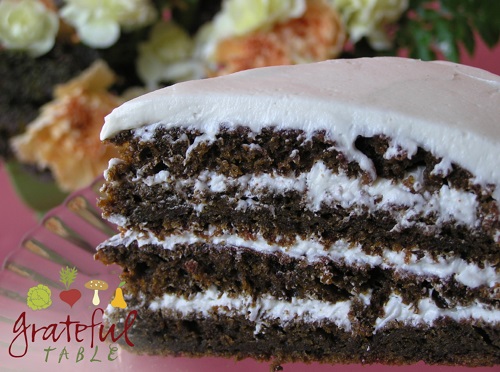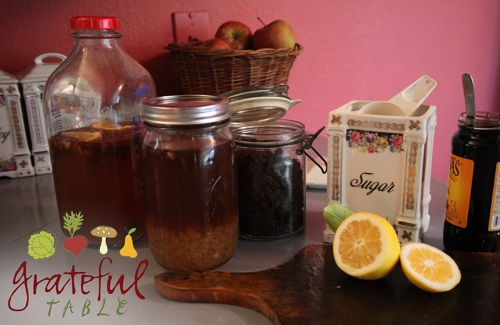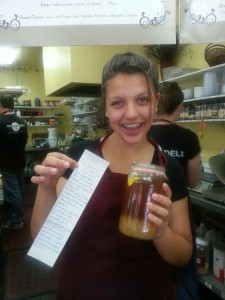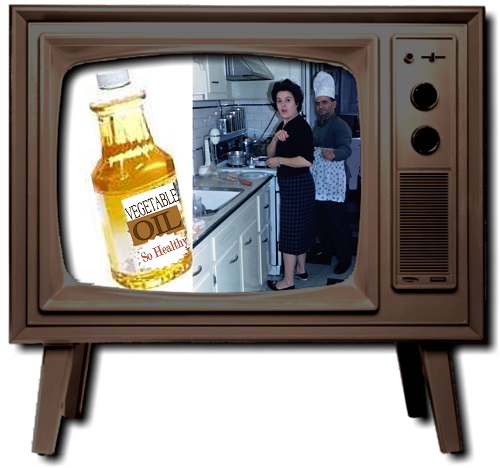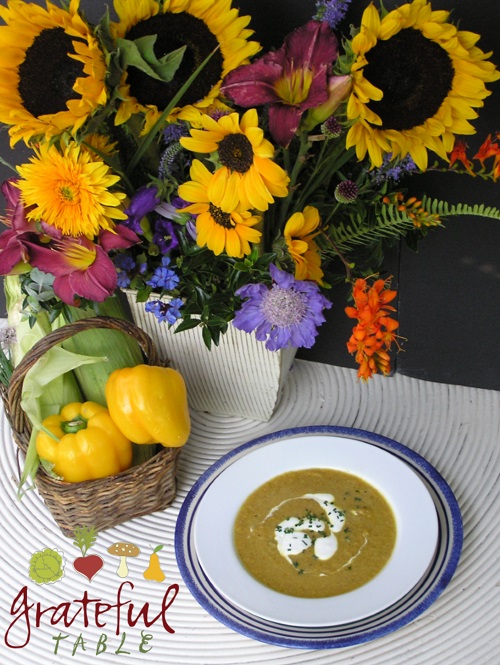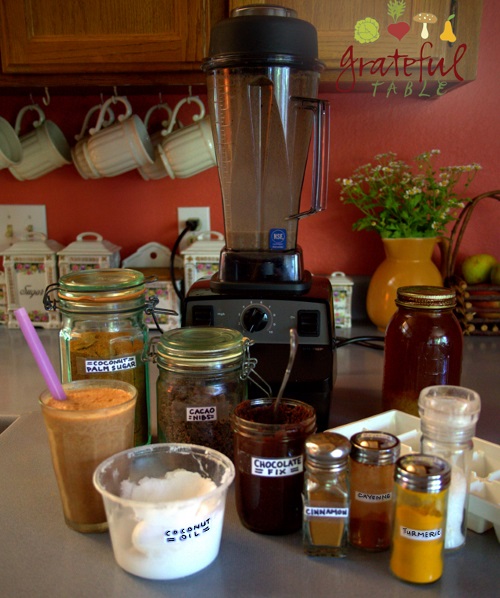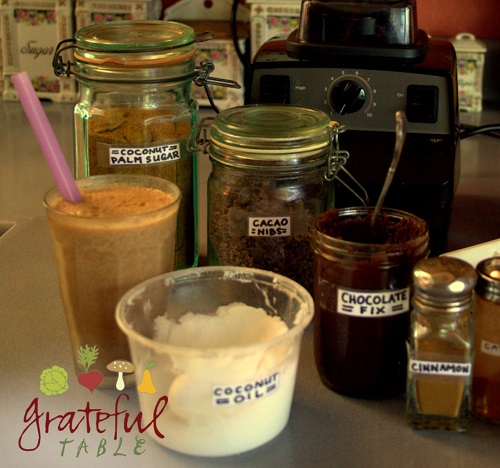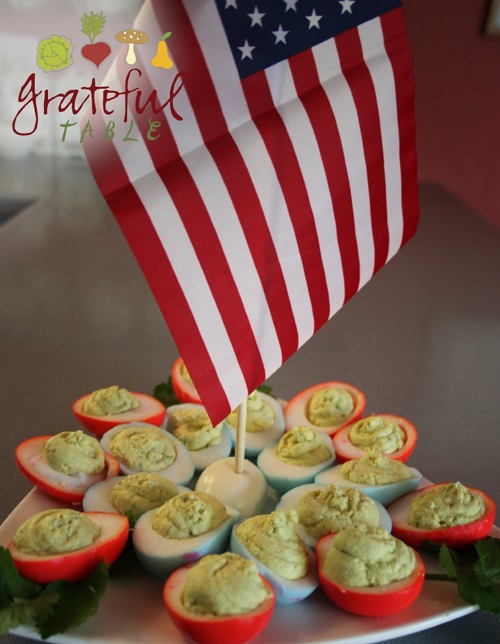A search for a naturally-colored “Red Velvet” cake led to this delicious dessert. Alas, experiments using beets to recreate the beautiful, rich red color of the classic Red Velvet Cake proved futile, but a wonderful “Chocolate” cake was discovered in the process.
For homemakers looking for ways to incorporate more healthy ingredients into the family’s diet, this recipe may help. It has very little actual chocolate in it, and spices can be added to change it up some. But the beets, which are added raw (and processed until finely chopped) add moisture and body. Not to mention, they do give this cake a rich, dark color, and bring a few extra nutrients to the table as well. Serves 8 or so.
CAKE INGREDIENTS
- 1 1/4 c. peeled, chopped red beets, processed fine
- 1 1/4 c. all-purpose flour
- 2 TBS. cocoa powder
- 1/2 tsp. baking powder
- 1/2 tsp. baking soda
- 1/2 tsp. salt
- 2 large eggs, room temp.
- 1/2 c. buttermilk, room temp.
- 3/4 c. sugar
- 1/3 c. olive oil
- 1/2 tsp. white distilled vinegar
- 1/2 tsp. vanilla extract
FROSTING INGREDIENTS
- 3 TBS. flour
- 1 c. sugar
- 1 c. milk
- 1 tsp. vanilla
- 1 c. butter
CAKE PREPARATION
1. Preheat oven to 350 degrees. Butter two 8″ pans.
2. Process dry ingredients together, or hand mix well, being sure to break up any clumps of cocoa powder: > 1 1/4 c. flour > 1/2 tsp. baking powder > 1/2 tsp. baking soda > 1/2 tsp. salt > 3/4 c. sugar > 2 TBS. cocoa powder
3. Peel beets, cut into small pieces: > 1 1/4 c. peeled, chopped red beets
4. Process beets until finely chopped. Set aside in medium bowl.
5. In a separate bowl (or in a glass measuring cup), mix: > 1/3 c. buttermilk > 1/3 c. olive oil > 2 eggs > 1/2 tsp. vanilla extract > 1/2 tsp. white distilled vinegar
6. Stir dry ingredients into the processed beets. Slowly stir wet ingredients in as well, mixing until smooth.
7. Bake in the oven for 25-35 minutes, until puffed and a toothpick in center comes out clean.
8. Cool, split each cake in half (to make four layers), and frost.
FROSTING PREPARATION
1. Make roux using small saucepan on the stove, or use the following microwave method: Choose a larger, microwaveable bowl (quart-size or larger) to mix flour and sugar in, as mixture might bubble up some- this will reduce chances of spills in the microwave. To the large, microwaveable bowl, mix together: > 1 c. sugar > 3 TBS. flour
2. In separate, smaller bowl, microwave 1 minute or so, until hot: > 1 cup milk
3. Add hot milk to flour/sugar mix slowly, to avoid lumps. Microwave 2 minute more, stir. Return to microwave for 30 more seconds, if necessary, until mixture’s bubbly hot. (Watch to make sure it doesn’t bubble over.) Add to hot milk/flour/sugar mix: > 1 tsp. vanilla
4. Cover bowl with plastic; cool completely in refrigerator.
5. To a standing mixer, add: > The sugar/flour/milk mix > 1 c. butter, room temperature
6. Cream until light, on high speed, until very fluffy. Split cakes to make four layers; frost the layers and outside of cake.

